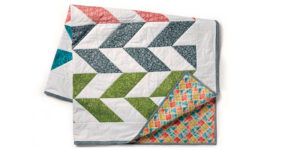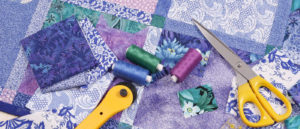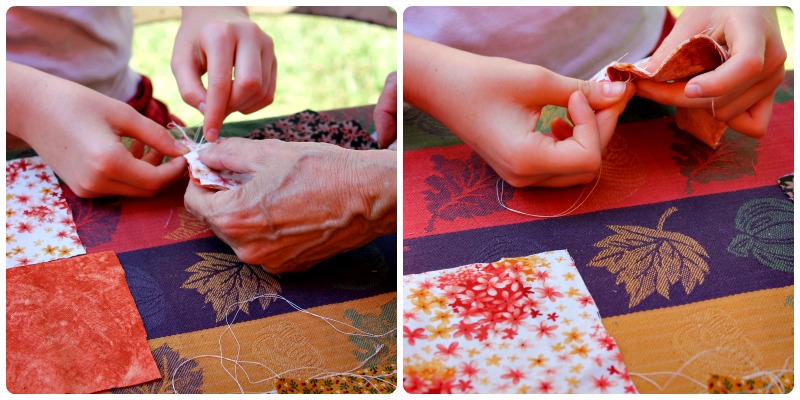 Once you have created a couple or 10 quilts you might want to consider selling them. You can give them away to friends and family members and you can even sell them for FUN AND PROFIT. After all, you will need to recoup all that money and time you spent creating your fabulous creations and what better way than to sell a few. Of course, the more inventory you can create before you decide to sell the better. And the more the make the faster you will get at making them. There are various avenues for selling your quilts and Spring and Fall are probably the better times to try and sell them. You can pay the fees for a booth at a local quilting show or even pay the smaller fees at your local Flea and Farmers Market. But if you don’t want to schlep all your inventory to any of these places you can create a website.
Once you have created a couple or 10 quilts you might want to consider selling them. You can give them away to friends and family members and you can even sell them for FUN AND PROFIT. After all, you will need to recoup all that money and time you spent creating your fabulous creations and what better way than to sell a few. Of course, the more inventory you can create before you decide to sell the better. And the more the make the faster you will get at making them. There are various avenues for selling your quilts and Spring and Fall are probably the better times to try and sell them. You can pay the fees for a booth at a local quilting show or even pay the smaller fees at your local Flea and Farmers Market. But if you don’t want to schlep all your inventory to any of these places you can create a website.
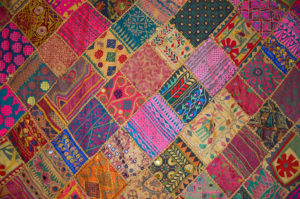
If you go the traditional route you will have to pay for a domain, pay for website hosting fees and setup a shopping cart. And absolutely set up a PAYPAL account. PAYPAL is a secure credit card/electronic check processing website that keeps yours and your customers information safe and secure. Check out the GODADDY website for an inexpensive website solution that will give you complete control of how you website looks like, feels like and interacts. If you are not internet or web savvy then you can even try ETSY or another online service.
ETSY is another seller/buyer website that gives you leeway in your shop. They do charge $0.20 per item that you list and a small percentage of the amount you sell. They help you get the word out and offer videos and instructions on how to list, take pictures, involve your friends, even pay a small fee to have your items featured quickly. You have to renew your items every 4 months and pay the $0.20 per item fee again. The fees are due by the 15th of the following month. That gives you a little time to list your items and hopefully make a sale or two before they are due. Read through the help sections of any site or service you decide to use. So far we have been happy with all the services we are recommending.

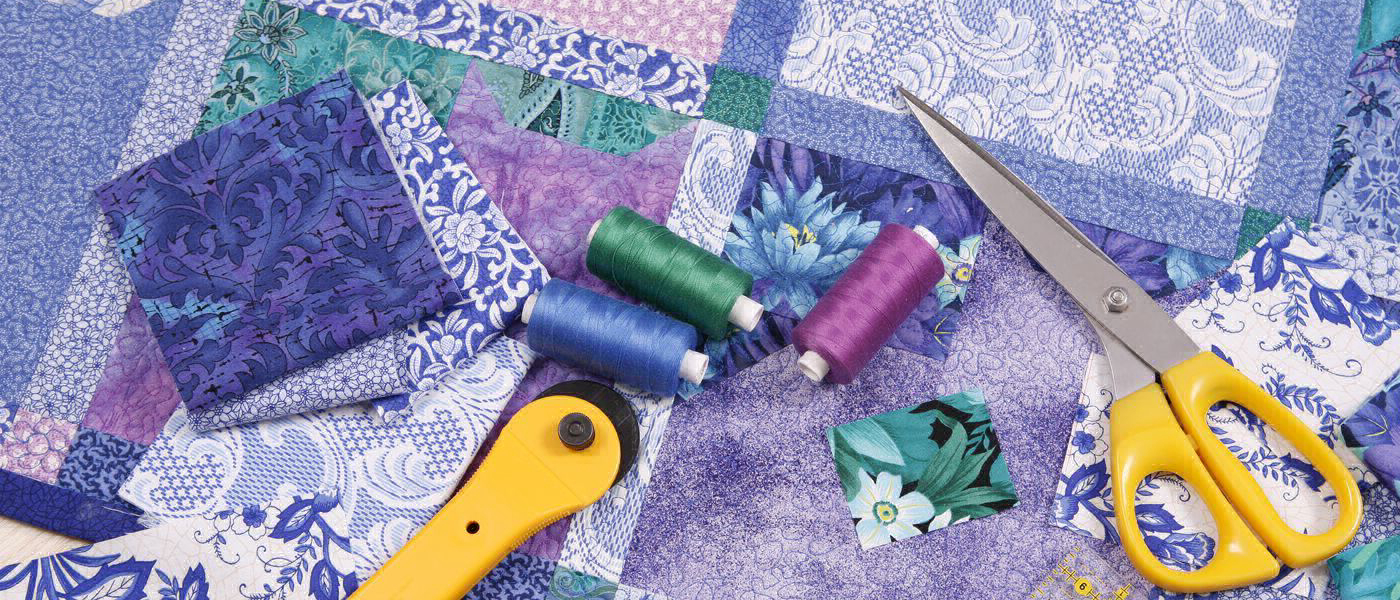
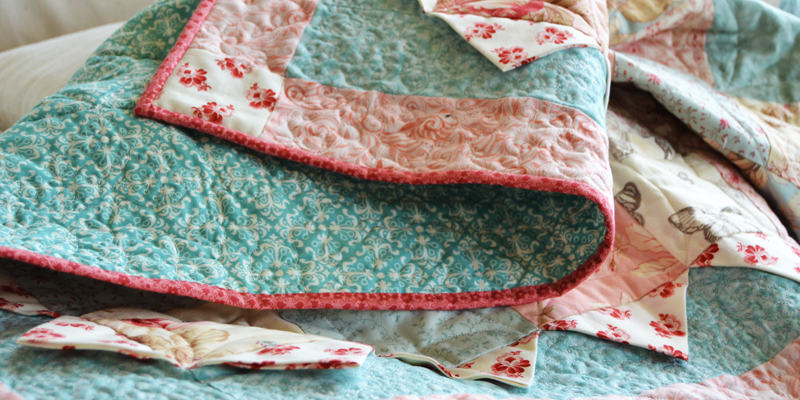 They never seem to come often enough — weekends spent quilting with friends. A lot of projects were waiting to go along with me, but I mainly worked on just a couple. I never empty very many bobbins, but that’s not the point of the weekends. It’s the getting together, relaxing, and sharing that’s important (sharing food, advice, stories, and friendship).
They never seem to come often enough — weekends spent quilting with friends. A lot of projects were waiting to go along with me, but I mainly worked on just a couple. I never empty very many bobbins, but that’s not the point of the weekends. It’s the getting together, relaxing, and sharing that’s important (sharing food, advice, stories, and friendship).